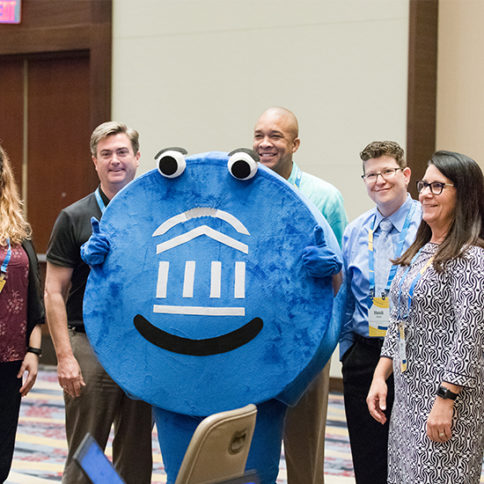This comprehensive diagnostic from EAB's Advancement Marketing Services offers a fresh perspective on how to:
- audit institutional annual giving efforts
- prioritize new initiatives
- and generate more support from internal stakeholders.



This video is a preview of the insights we will be discussing in our webinar on August 12 from 1:00 to 2:00 p.m. ET. In this 1-hour session, EAB researchers will share how district leaders can establish a proactive approach to identifying students in need of support and why those practices deliver better outcomes for both students and the district. Join us to learn how to:
1) Motivating disengaged students in virtual instruction
Student motivation is usually lower in a virtual setting than in person. The first professional development video, shown above, in our series corrects common misconceptions about student motivation and provides 5 easy-to-implement strategies that are proven to recapture disengaged students in virtual learning.
2) Increasing learning retention in the virtual classroom
Memory is at the heart of learning, but students forget much of what they learn, especially in a virtual setting where there are more distractions. The second professional development video in the series shares how the brain develops and retrieves long-term memories. It also outlines four simple strategies educators can use to help students retain information in the virtual classroom.
3) Overcoming the challenges of online classroom management
77% of teachers report having more difficulty with virtual classroom management than in-person, which increases their stress and wastes learning time. This video outlines four effective online classroom management strategies that you can use right away to keep students engaged and on-task in the virtual classroom.
4) Developing productive student-teacher relationships
Quality relationships with teachers are foundational to student success. In fact, relationships have a greater impact on student achievement than professional development, student study skills, and even parental involvement. This video explores simple yet critical strategies for building and sustaining productive student-teacher relationships in your virtual classroom.
5) Auditing your approach to virtual instruction
The virtual instruction teacher checklist is designed to supplement the PD videos above and includes 20 science-based instructional techniques that are proven to collectively improve learning outcomes in a virtual setting. Teachers and instructional leaders should use this checklist to audit their approach to virtual instruction, inform lesson planning, and improve practice.




“We surveyed our teachers and their biggest concerns about learning recovery was ‘how do I narrow what I teach without compromising rigor?’’’–Assistant Superintendent of Instruction